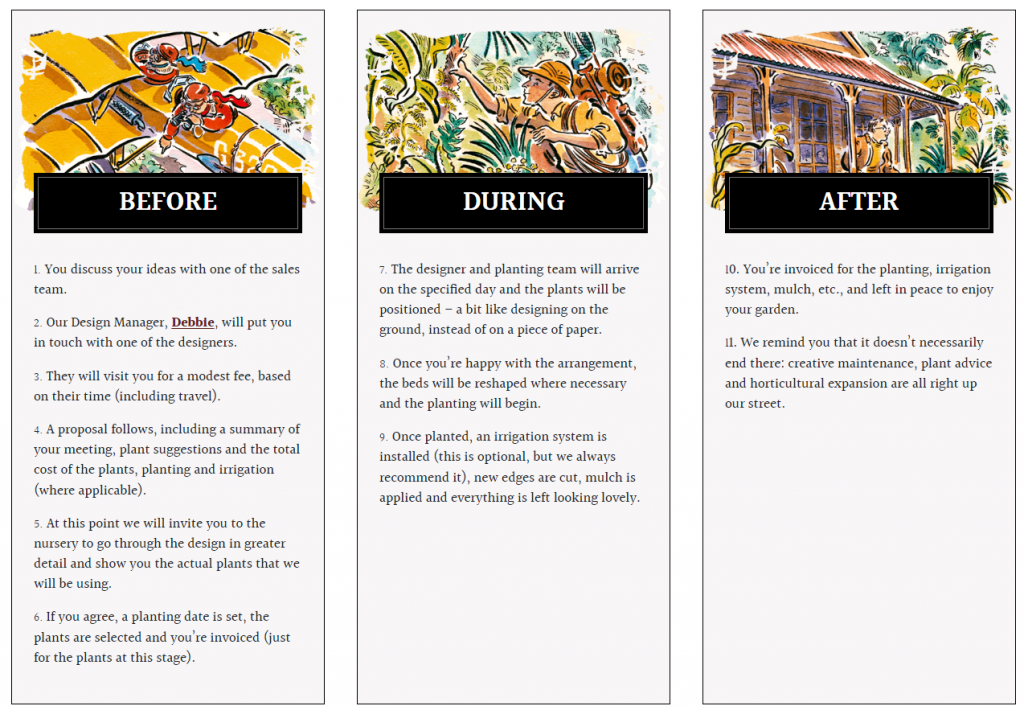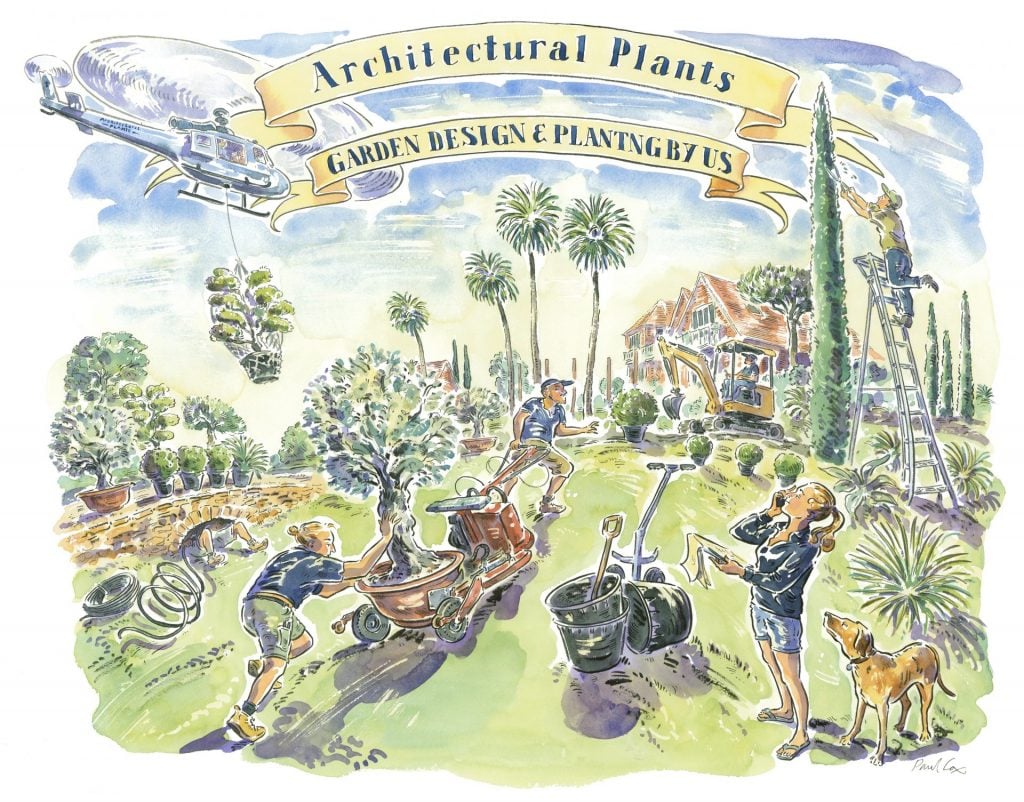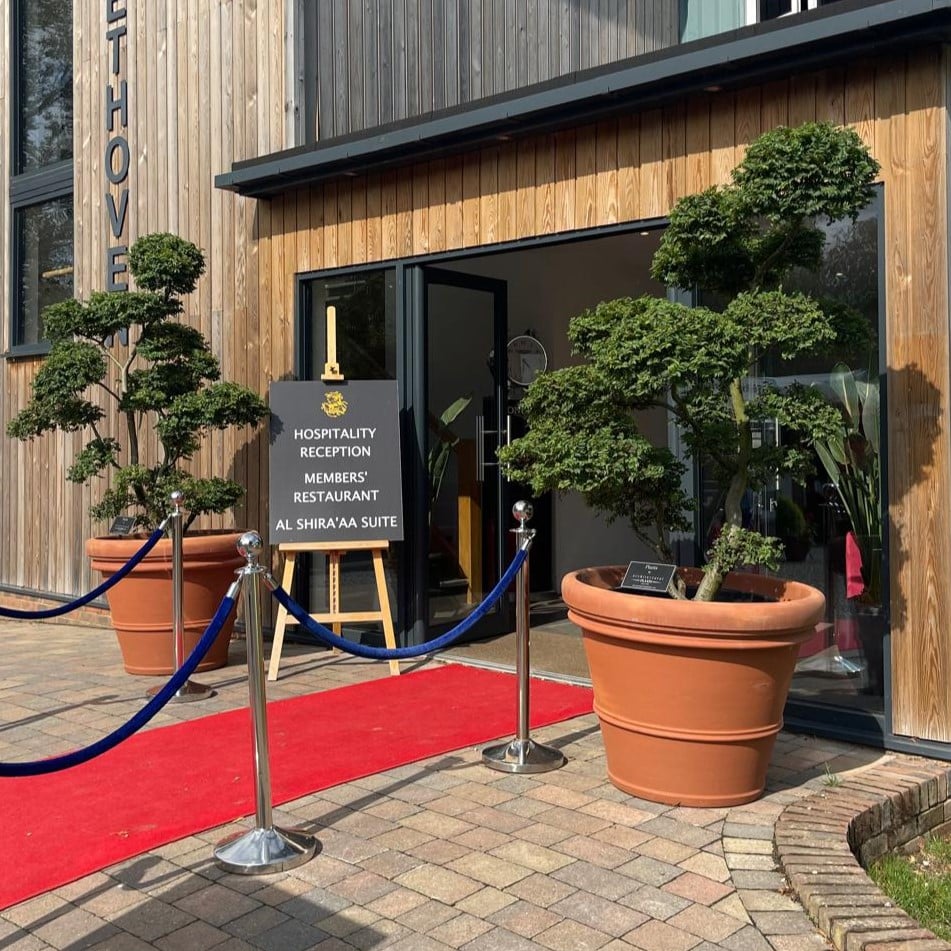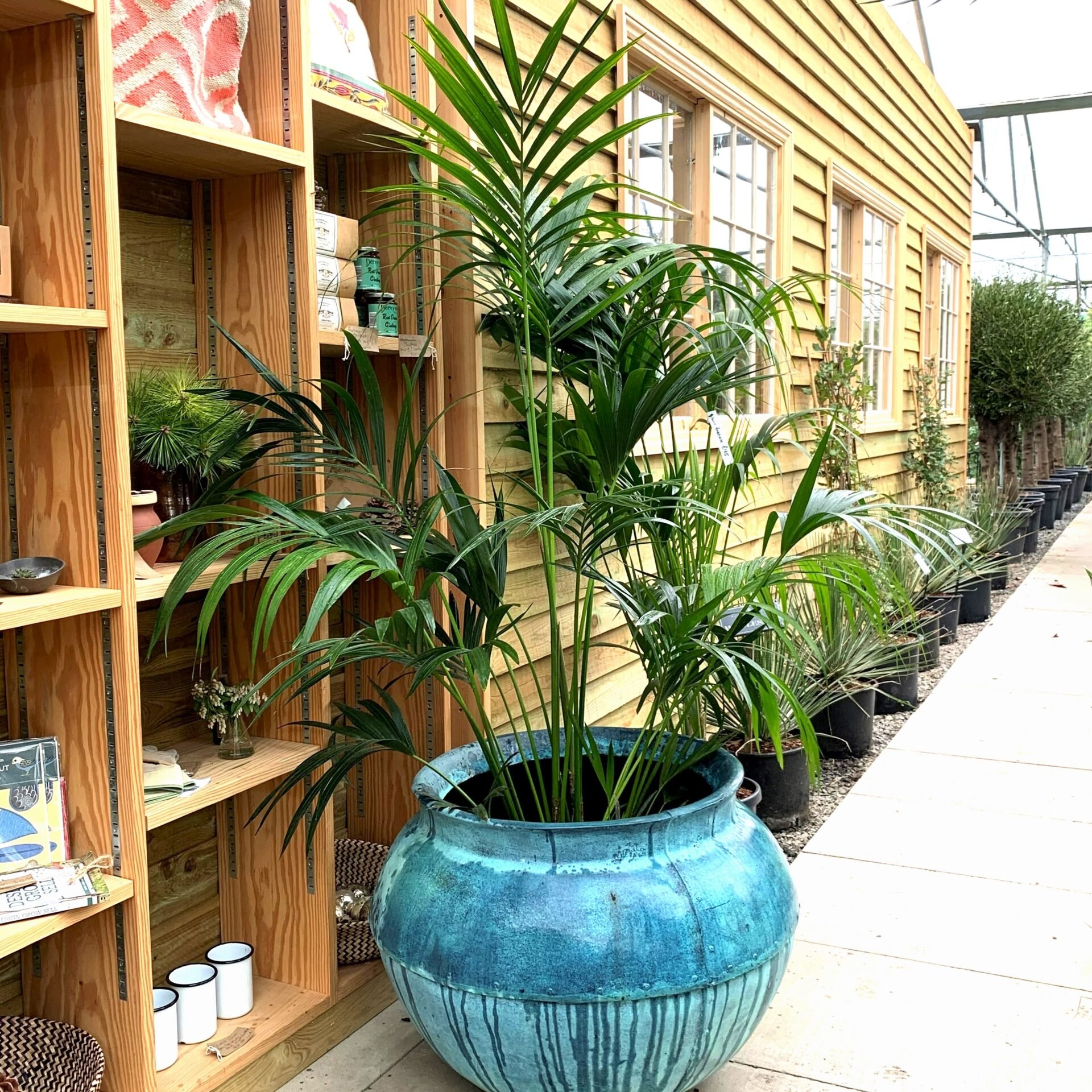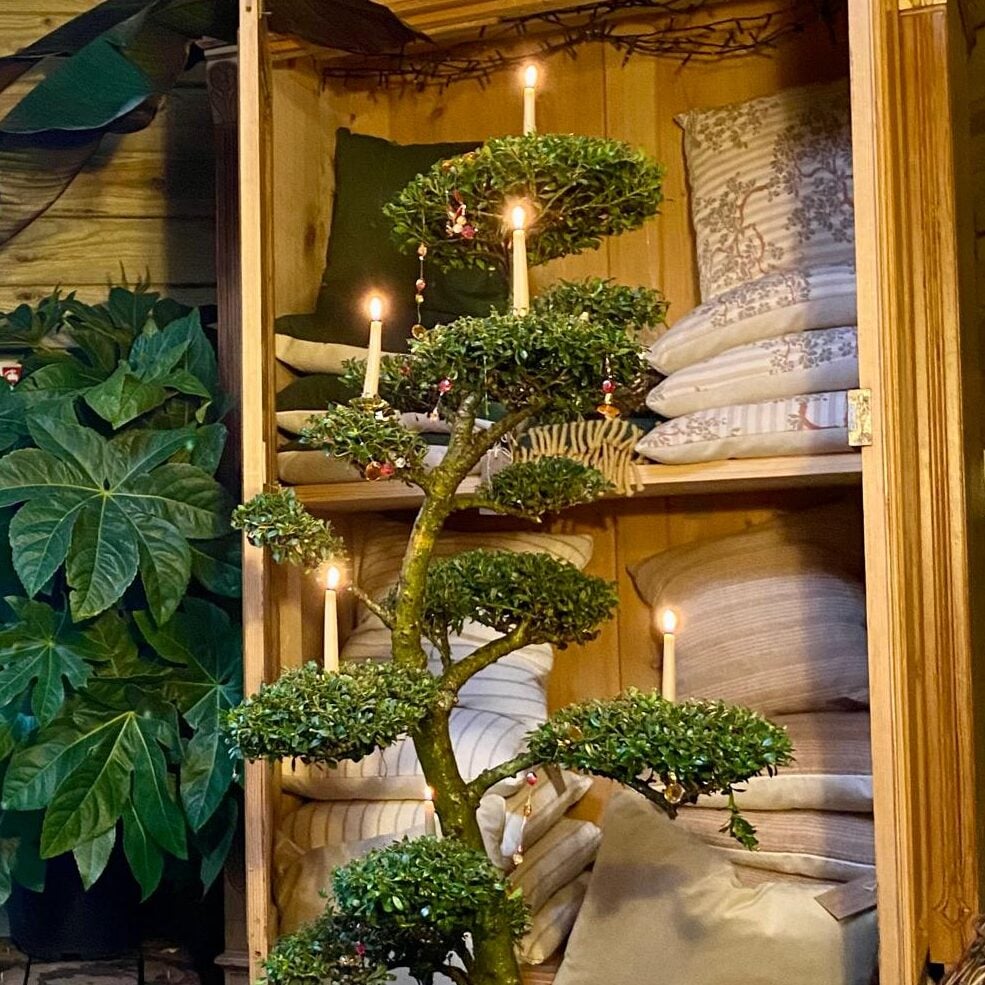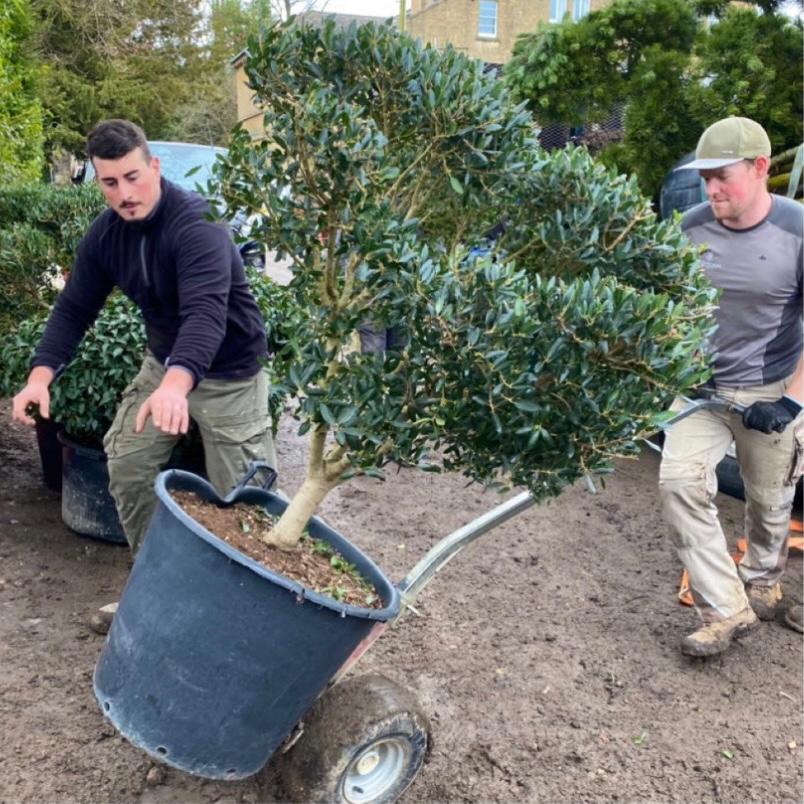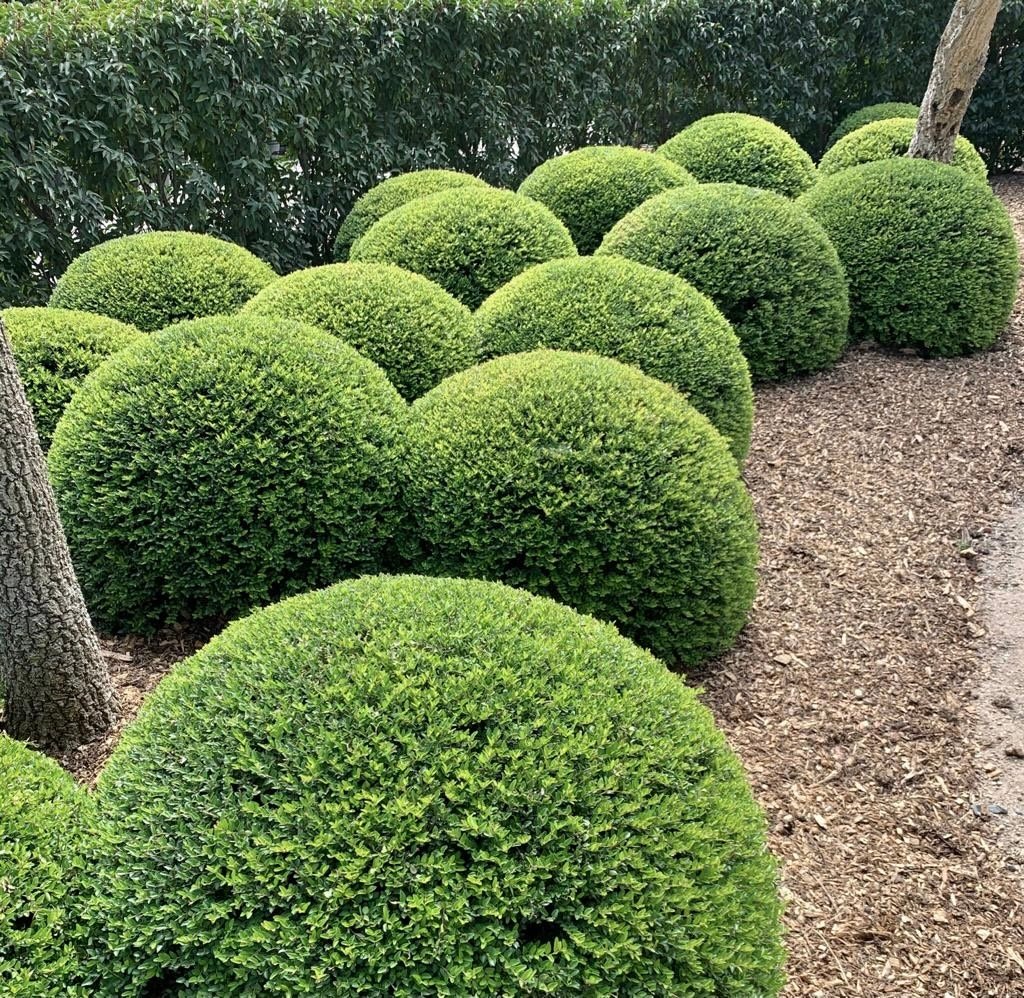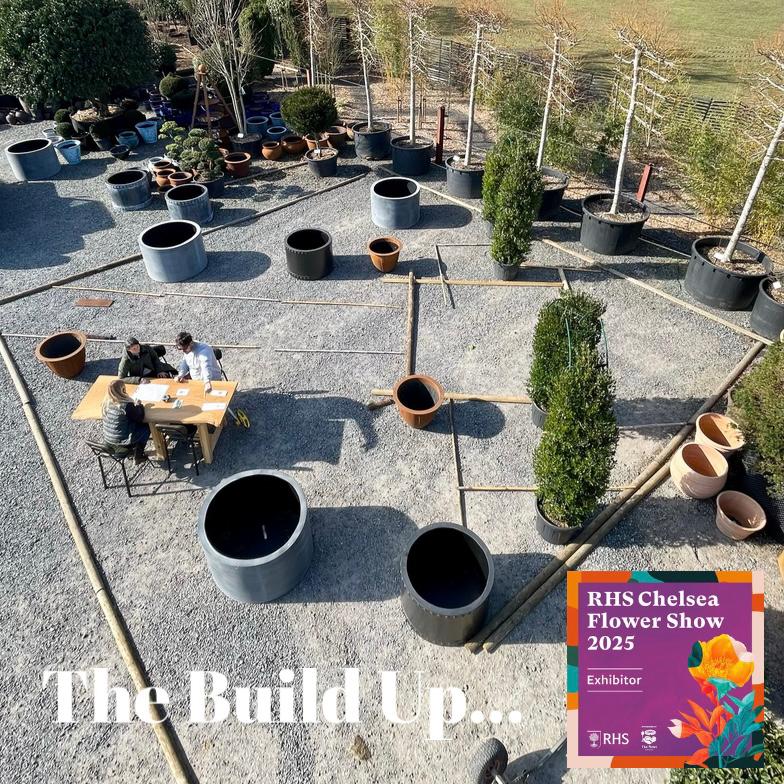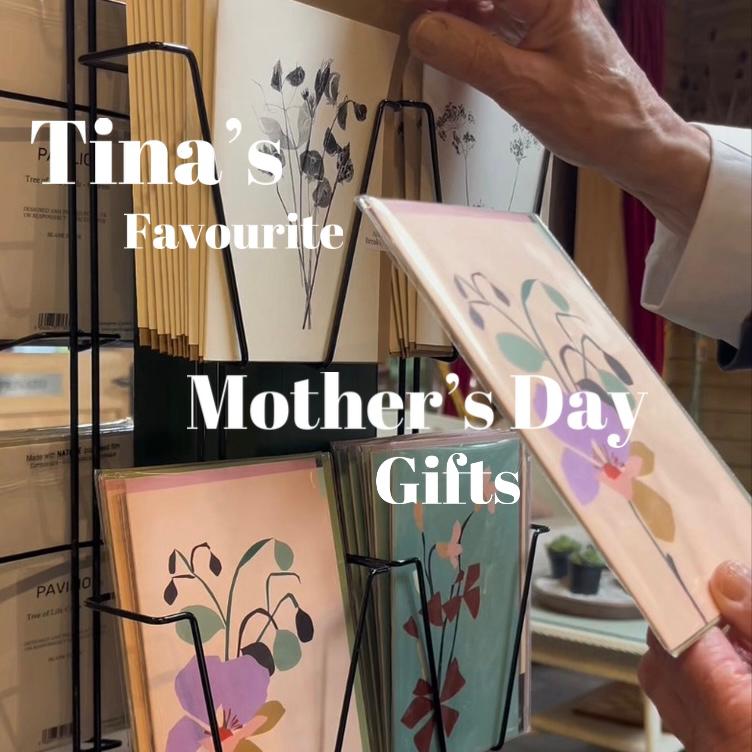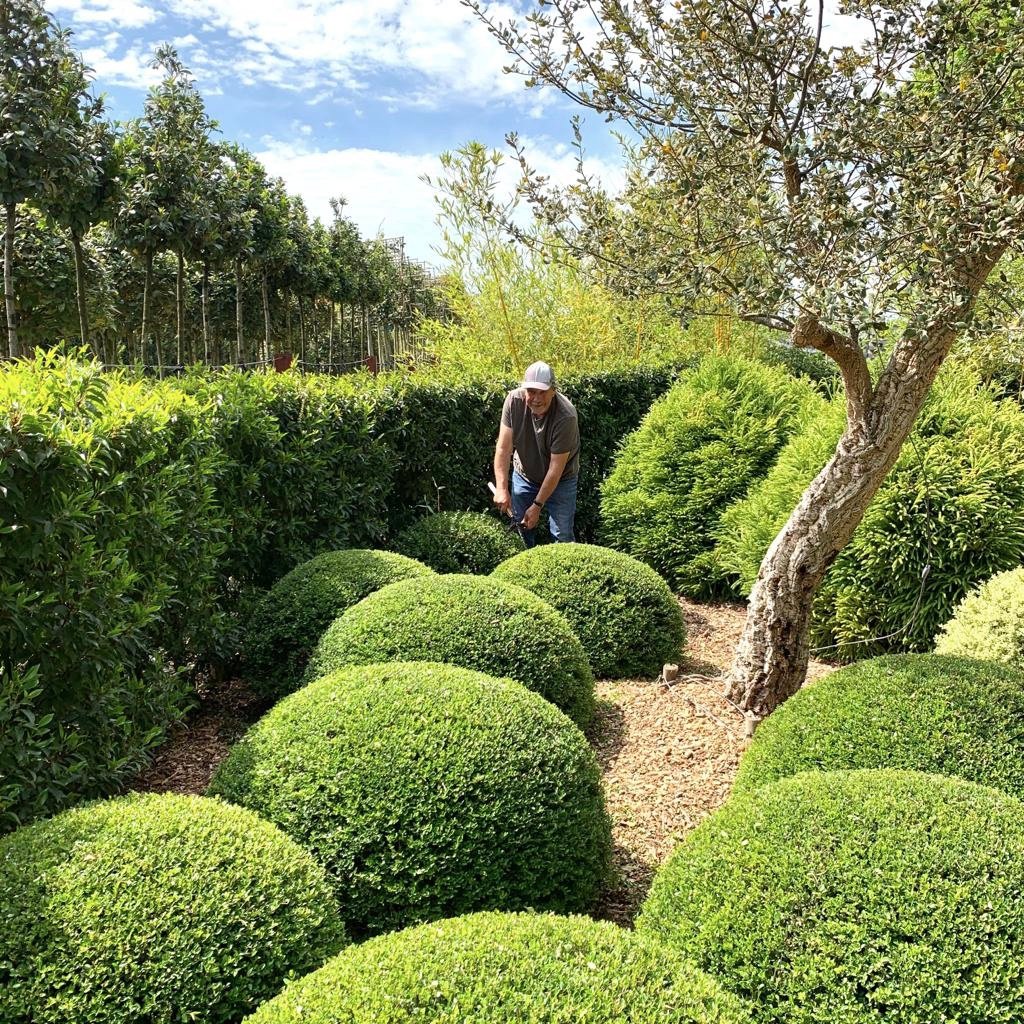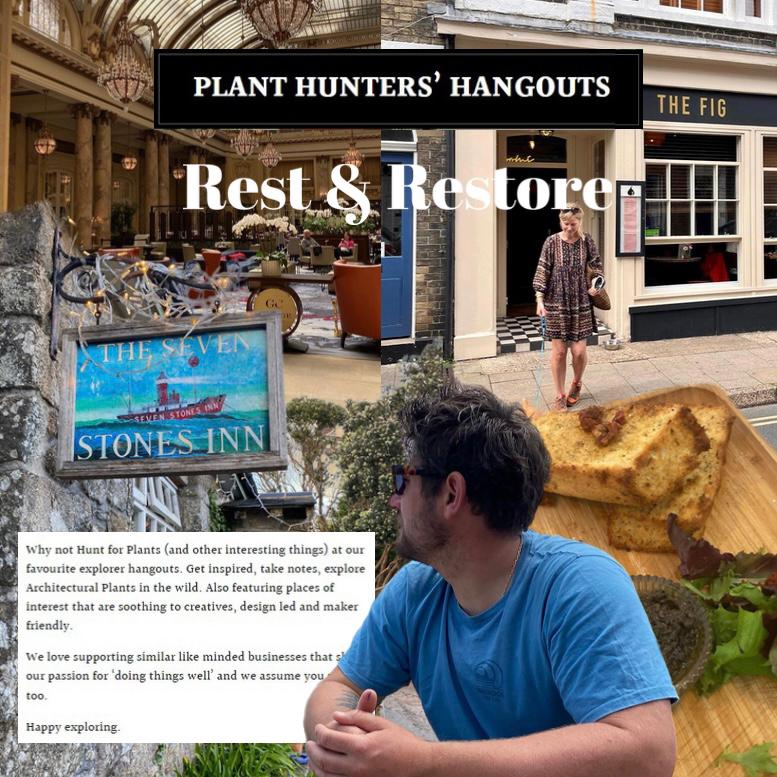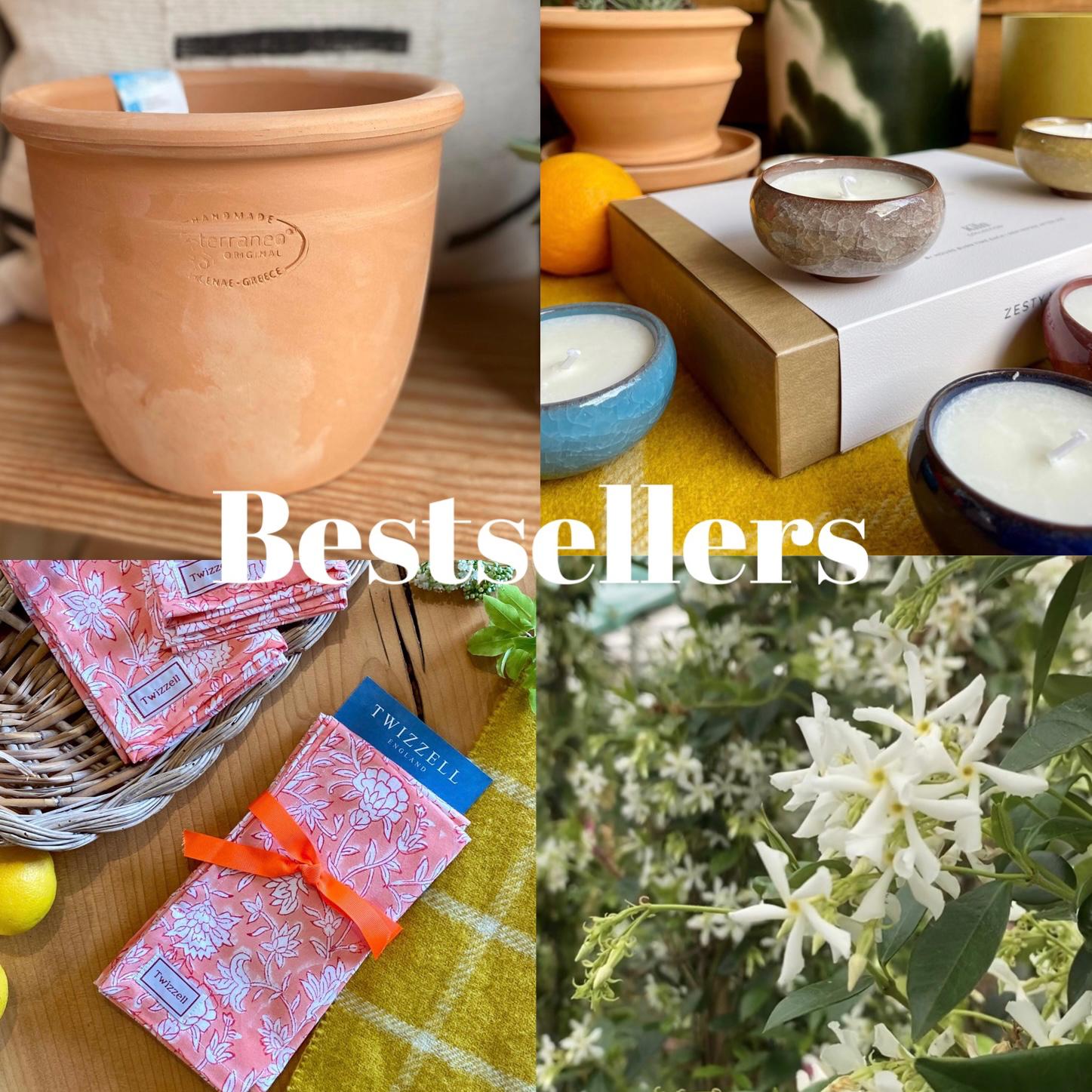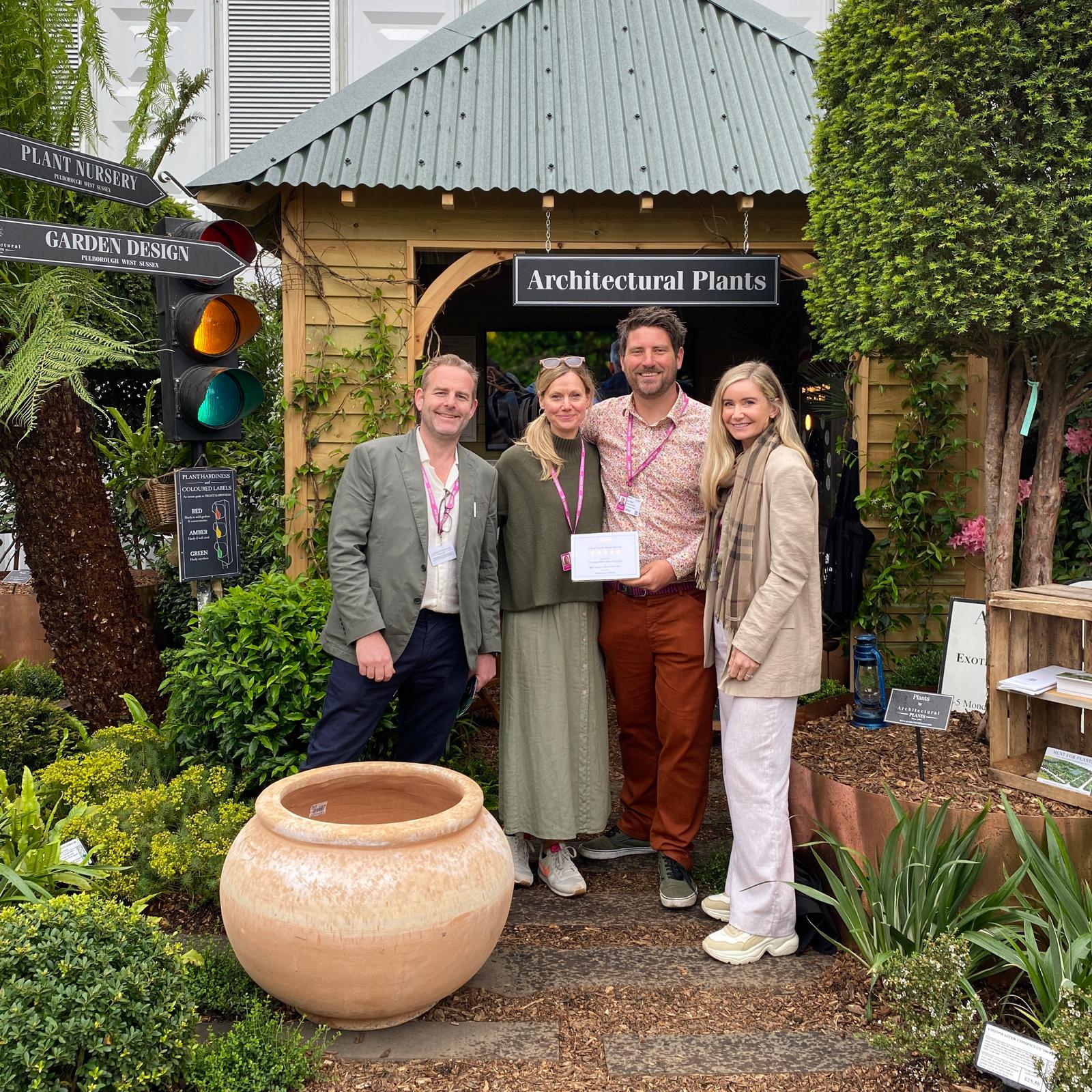Garden Design, Planting & Plants By Us
Mediterranean Border Design
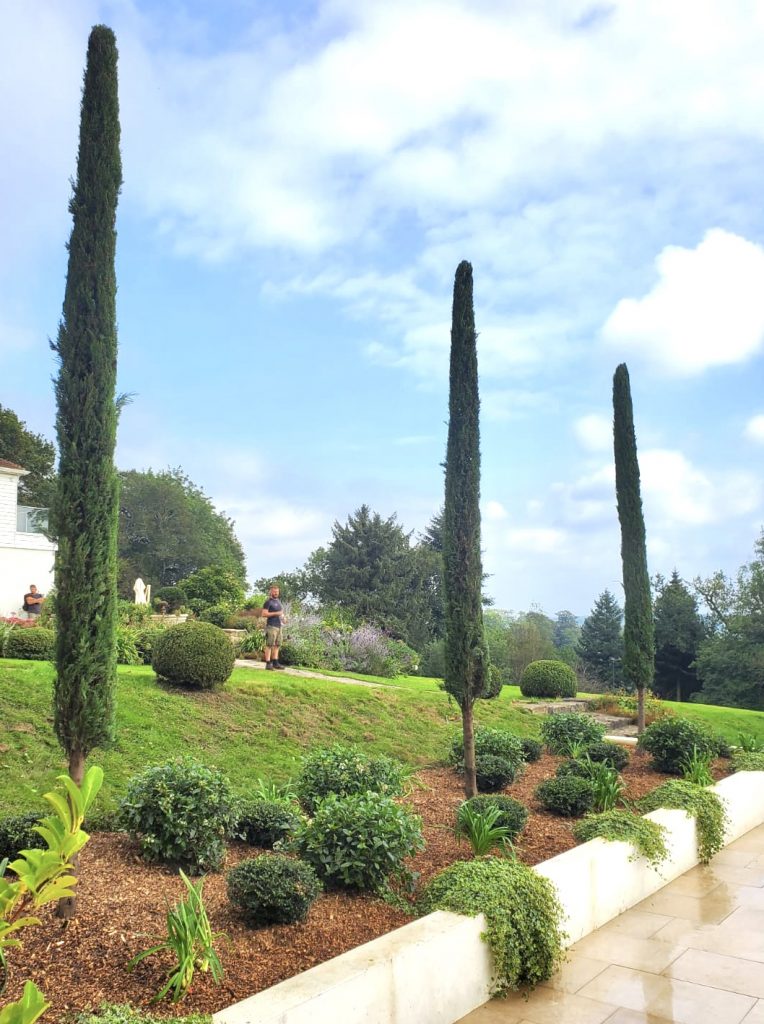
Designed by Guy, this bold and architectural fusion of Mediterranean and native plants forms a dramatic sculptural border: Cupressus sempervirens ‘Pyramidalis’ (Italian Cypress) under planted with a blobbery of our Taxus Baccata (Yew) & Viburnum tinus (Laurustinus). The stems of the Cupressus have been raised to create additional framing and visual structure to the under planting. This will also allow for the under planted balls and blobs to fill out as they grow. These could remain clipped as stand alone shapes or trained into a connected and undulating blobbery.
Cupressus sempervirens ‘Pyramidalis’
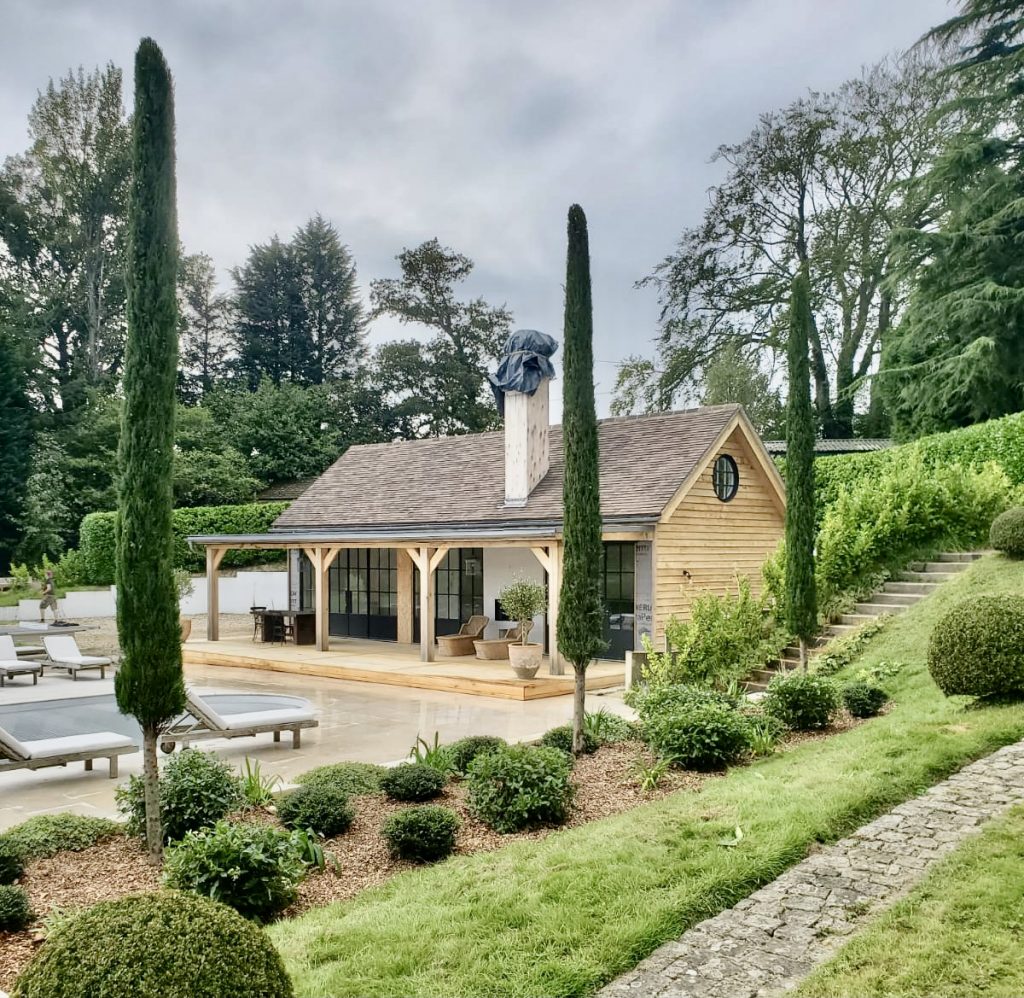
Cupressus are vigorous, evergreen trees often with columnar or narrowly ovoid crowns and often aromatic. They can be grown on soggy old clay but they undoubtedly prefer sharp drainage – sandy or chalky. Plenty of space is important – they like light and good ventilation. Planted in a formal order as with this border they evoke Tuscan scenes but we also like putting them in random groves at different sizes.
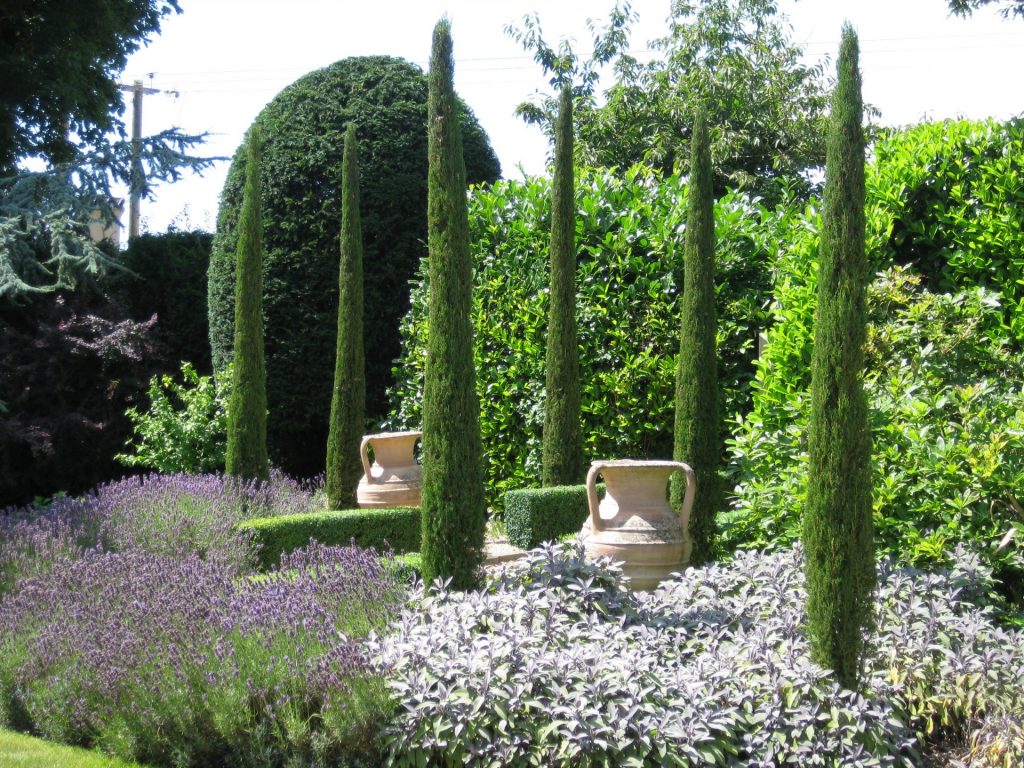
They like our climate a bit too much and grow so vigorously that the branches flop, spoiling the perpendicular profile for which they’re famous. How to deal with this? They need clipping to keep the shape. The more you clip them, the better they look, the denser they get.
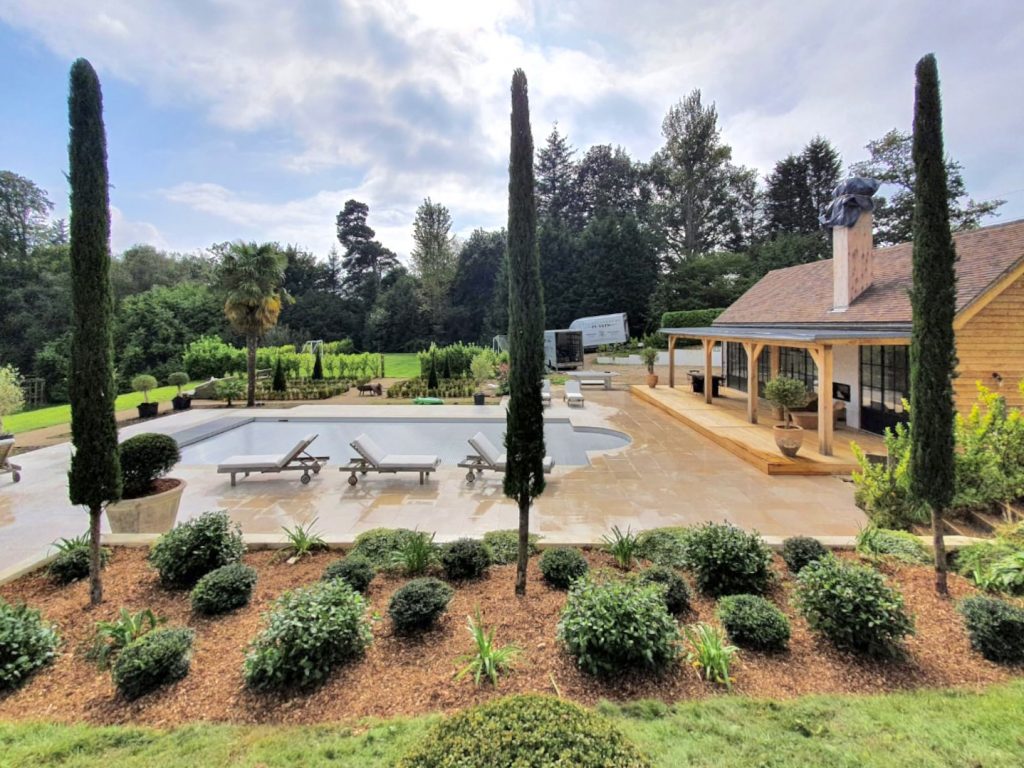
You don’t necessarily require a large number of Cupressus to make a bold architectural statement – that’s the beauty of them. Space and definition are important elements of Guy’s design aesthetic. The vertical planting maximises the impact you can make with the space in a border as well as creating new perspectives to lead the eye to different framed focal points.
Designer Profile
Guy designs evolving spaces with a bold structural scheme filled with a concise and impactful pallet. He often plans for an immediate result but with a strong emphasis on considering the garden’s maturing feel.

High Impact & Fusion Design
“I design using the wide pallet of plants we grow and train on our nursery. This ranges from fully mature specimens such as these Cupressus sempervirens, to smaller plants which we train and shape like the Viburnum tinus and Taxus baccata used here. This flexibility allows us to design and plant your garden very quickly and provide you with an instant transformation. I allow space for a design to mature and develop additional character, which also gives you the opportunity to add to it over time. The positioning of the blobs will allow for further growth and a wider range of clipping and creative maintenance choices.
I’m obsessed with collecting the most exciting plants from around the world and the broadest selection. This reflects in my designs. Why limit yourself to traditional schemes when you can create an exciting complimentary fusion of shapes, shades and textures that can bring additional character and interest to your garden. I’m certainly not averse to traditional or classic design – just unadventurous plant choices. My designs could be formal or they could be exotic, but within that spectrum the emphasis will always be on the sculptural: strong, eye-catching shapes, beautiful textures and a bold use of exciting plants.”
What do we mean by ‘BLOBBERY’?
It describes the doughnut shape so popular with oriental topiarists and now becoming popular over here. It’s used – you may have gathered by now – in the context of clipped plants. It’s distinct from the traditional European ‘ball’ shape; almost flat topped, descending to almost perpendicular sides, just tucked in a tiny bit at the bottom. If you grow lots of blobs together, they could become contiguous (touching). The next evolution from ‘blob’ to ‘contiguous blob’ would be an ‘undulation’. We love blobberies and blobs in all their manifestations.
Taxus baccata (Yew)
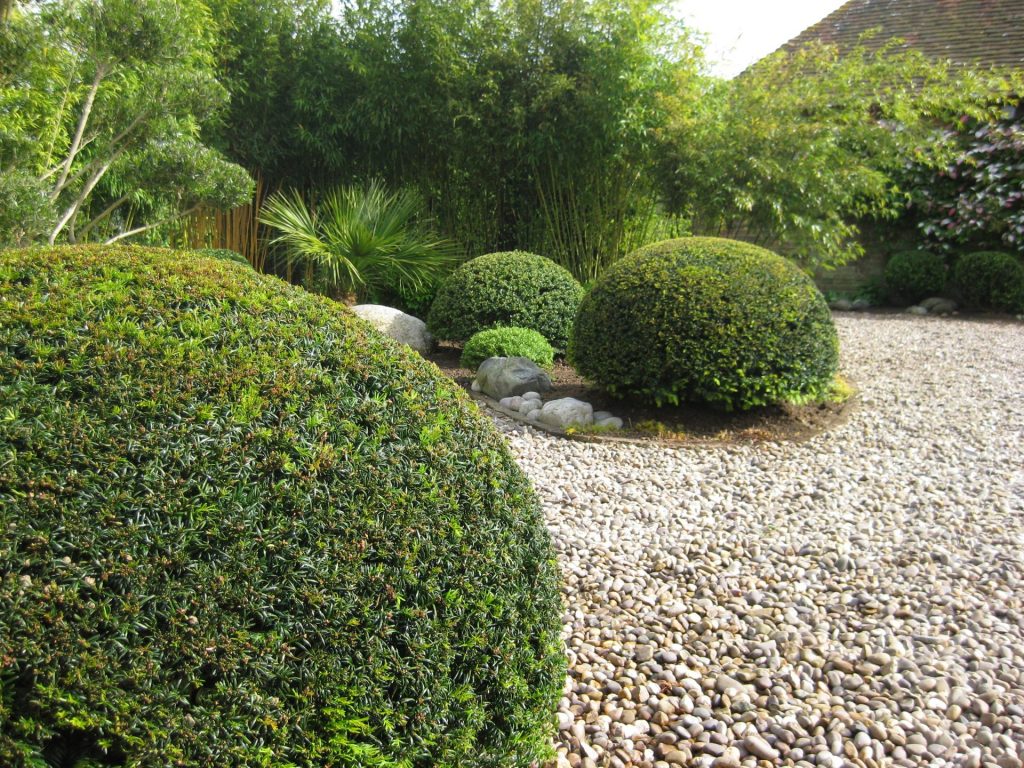
Taxus baccata (Yew) look eminently ‘posh’ clipped as balls, blobs and cones. A native European plant, it has been a stalwart of formal gardens for centuries. With this heritage, and their compact and solid habit allows you to give them crisp lines. Grows in light shade or sun but needs reasonably good drainage – great for underplanting.
Viburnum tinus (Laurustinus)
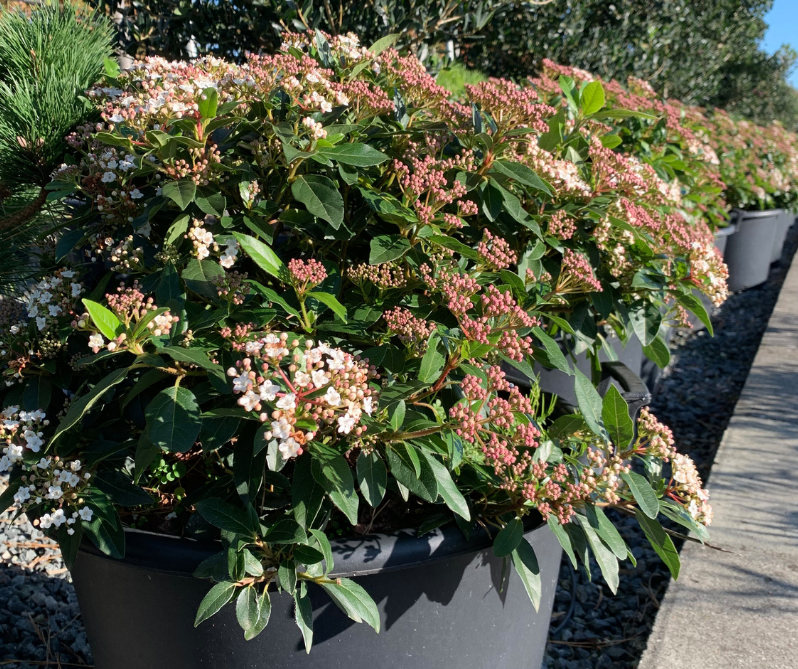
Viburnum tinus (Laurustinus) is native to the Mediterranean. It’s not a plant born to be architectural but responds beautifully to deliberate shaping. Because the leaves are bigger than yew, the effect of using this is less formal creating a slightly shaggy or free flowing form. It’s a really good contrast to crisp clipped Taxus baccata. The pink and white flowers that cover the plant have an architectural quality of their own. They also tend to be winter flowering in the UK and add colour to a border when other plants fail to deliver.
Our Design Process
TAKE THE NEXT STEPS
To take the next step with your Garden Design, Planting or Creative Maintenance plans visit our Garden Design Page and complete our design enquiry form. One of our team will get in touch.
*There is the option to attach any plans you have available and photos of your garden that include the following: the garden from the house, the house from the garden, from upstairs, from downstairs, your neighbours’ gardens and most importantly, views of the access.

